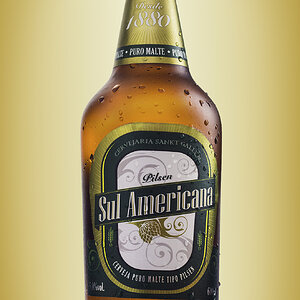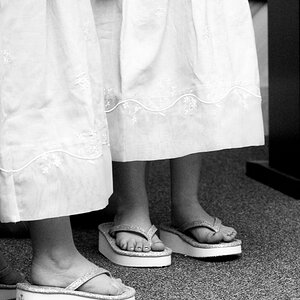gordon77
TPF Noob!
- Joined
- May 25, 2007
- Messages
- 170
- Reaction score
- 0
- Location
- New Zealand
- Can others edit my Photos
- Photos OK to edit
hey i think its time for a new tripod. im looking for one that i can take pano's with and that is more sturdy than the cheap and nasty jessops one i have. my photo store only does manfrotto and benro. i will only buy from this shop because of their service, its awesome. i used manfrotto stands in concert lighting situations and they are AMAZING and amazingly expensive as they seem to be in photography tripods too. but what about benro? they dont seem to be as expensive as manfrotto but build quality looks to be good...
manfotto is way out of range for me atm so here are some benro options i was thinking of. i chose one tripod and two heads, one cheaper than the other. i dont know much about tripods so please tell it like it is. what is the difference between these heads? they are both within my price range but at the same time i dont wanna spend the extra $$$ if im not going to use it... i hate to ask this but these heads will allow me to pan on the focal plane for pano's right?
tripod:http://www.benro.cn/Product/1/A227.html
cheaper head:http://www.benro.cn/Product/2/bh2.html
more expensive head:http://www.benro.cn/Product/2/kb0.html#
manfotto is way out of range for me atm so here are some benro options i was thinking of. i chose one tripod and two heads, one cheaper than the other. i dont know much about tripods so please tell it like it is. what is the difference between these heads? they are both within my price range but at the same time i dont wanna spend the extra $$$ if im not going to use it... i hate to ask this but these heads will allow me to pan on the focal plane for pano's right?
tripod:http://www.benro.cn/Product/1/A227.html
cheaper head:http://www.benro.cn/Product/2/bh2.html
more expensive head:http://www.benro.cn/Product/2/kb0.html#



![[No title]](/data/xfmg/thumbnail/34/34137-37e6e29a844c1214e5b14ce322c7b716.jpg?1619736309)
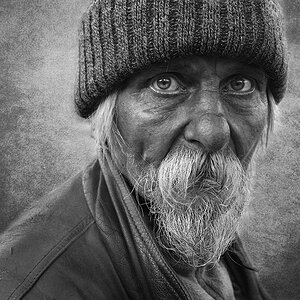


![[No title]](/data/xfmg/thumbnail/34/34138-0ecadfd41de9ae178e53528e0eb1a32c.jpg?1619736310)

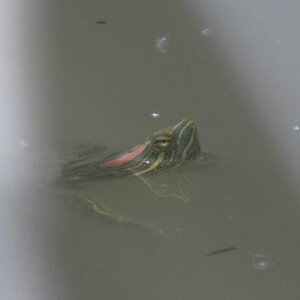
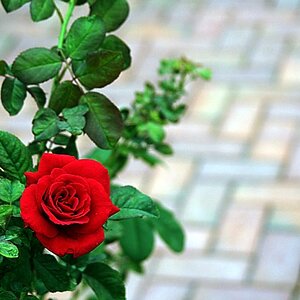
![[No title]](/data/xfmg/thumbnail/34/34083-76406a409bc520ead3cc11af09ebd257.jpg?1619736269)
